The road to Doc May village is still arduous and remote - Photo: XV
The difficult road to the village
Recently, I led a volunteer group to visit and give gifts to teachers, students and people in Doc May village. From the center of Truong Son commune, we had to cross a forest path of about 15km, weaving through steep mountain slopes and streams. Although the weather was sunny and the road was dry, motorbikes carrying people and trucks carrying goods had to "struggle" to crawl through streams and steep slopes for more than 3 hours to reach the village.
There is another way to get to Doc May by walking from Trung Son village, following the stream and the rugged foot of the mountain. Although it is only about 8km long, it takes nearly 4 hours to walk. Teacher Nguyen Xuan Thanh, a teacher at Long Son Primary School, who has been attached to Doc May for many years, shared: “During the rainy season, Doc May is almost completely isolated. The trail is muddy and slippery, the stream water is high, so it is impossible to get in and out of the village. All supply trips to the villagers had to stop. During those days, teachers and villagers had to provide their own food, medicine and get products from the mountains and forests to eat through the day.”
Currently, Doc May village has 27 households, with 107 people living in a small valley. There is still no national electricity grid or telephone signal. People's lives mainly depend on slash-and-burn farming, forest products and support from the State and the community. 100% of households are poor. In the village, there is 1 school, 2 combined classes for primary school students, but no kindergarten. After completing primary school, students must go to the commune center or to lower communes to continue their studies.
Secretary of the Doc May village Party cell, Ho Van Choi, said: “In the past, the villagers mainly lived in makeshift houses made of bamboo and thatch. People used water from streams for daily activities. Growing cassava, corn, and upland rice depended heavily on the weather, so there were many years of crop failure. When sick, people used medicinal plants from the forest to treat themselves. In case of serious illness, they had to carry or ask officers or Border Guards to take them to medical facilities. All trade and travel with the outside world was mainly by road”...
“In order to improve the lives of the people of Doc May village, in the short term, the commune will continue to propagate and mobilize people to grow upland rice, corn, cassava... to be self-sufficient in food. Then, call for resources to support people to develop goat, cow, pig, chicken farming and medicinal plant cultivation; at the same time, strengthen forest protection work. In the long term, the commune hopes that the superiors will continue to pay attention and invest in building a 15km long gravel road from Rin Rin village to Doc May village. This will open up trade routes, bringing electricity, telephone waves, goods and medical services to the village,” said Hoang Trong Duc, Vice Chairman of Truong Son Commune People's Committee. |
Journey to prosperity
Thanks to the attention of the Party, the State and charitable organizations, Doc May village has changed day by day. In particular, in 2024, the "Border Warm Home" program organized by the Provincial Border Guard in coordination with the Provincial Fatherland Front Committee and philanthropists brought about a major turning point: 8 "Great Unity" houses were started and completed in the joy and emotion of the whole village.
Bricks and corrugated iron sheets were carried and transported dozens of kilometers through the forest to build spacious houses from the damp ground. Each house costs about 160 million VND, covers an area of 40 square meters, and is the result of sharing hearts from all over the country.
New houses for Doc May villagers have been completed - Photo: XV
Mr. Ho Van Thoi emotionally said: “With a new house, I am no longer afraid of rain and storms like before. In winter, my children can sleep in cozy rooms, not cold, and no longer worry about the thatched roof being blown away. Now, my wife and I can work and develop the economy with peace of mind.”
Mr. Thoi’s new stilt house has an area of nearly 40 square meters, a clean cement floor, and a red corrugated iron roof that stands out among the mountains and forests. This is not only a place to live but also a spiritual support, helping his family and the villagers to firmly stick to the border, and feel secure in working and producing to escape poverty.
Following that success, in May 2025, the Provincial Border Guard was assigned to build hundreds more houses for poor households across the province, including 12 houses in Doc May village. Each house is worth 120 million VND (of which, the support fund from Vingroup is 60 million VND/house and the fund for implementing the National Target Program on socio-economic development for ethnic minority and mountainous areas in the period 2021-2025 is 60 million VND/house).
Lieutenant Colonel Nguyen Trung Dung, Political Commissar of Lang Mo Border Guard Station, said: “In the process of building houses for the people, we encountered many difficulties due to traffic barriers and erratic weather, affecting the transportation of people, vehicles, and materials to build houses. However, with high determination, the station sent forces to the village to coordinate, help people build houses as well as supervise the construction unit. According to the plan, in about 20 days, all 12 houses will be completed and handed over to the people for use.”
In addition to the new houses that are changing the face of Doc May village, a self-flowing sanitary water project was also inaugurated at the end of 2024. In addition, people contracted to protect the forest are also supported with about 30 million VND/household each year. Thanks to the guidance of the Border Guard, many households have started building barns to raise goats, chickens, and native pigs. Currently, the whole village has 60 goats, 10 cows, and 95 hectares of newly allocated production land, promising to be a "fishing rod" for people to develop the economy in the coming time.
Leaving Doc May village in the evening light, behind me were new, spacious and peaceful houses in the middle of Truong Son mountain forest. Images of herds of goats and cows happily grazing, drinking cool stream water, the sound of children studying... All of these are painting a bright future, opening up a journey of prosperity for this "last village in the sky" in the not too distant future.
Spring King
Source: https://baoquangtri.vn/doi-thay-o-doc-may-195695.htm


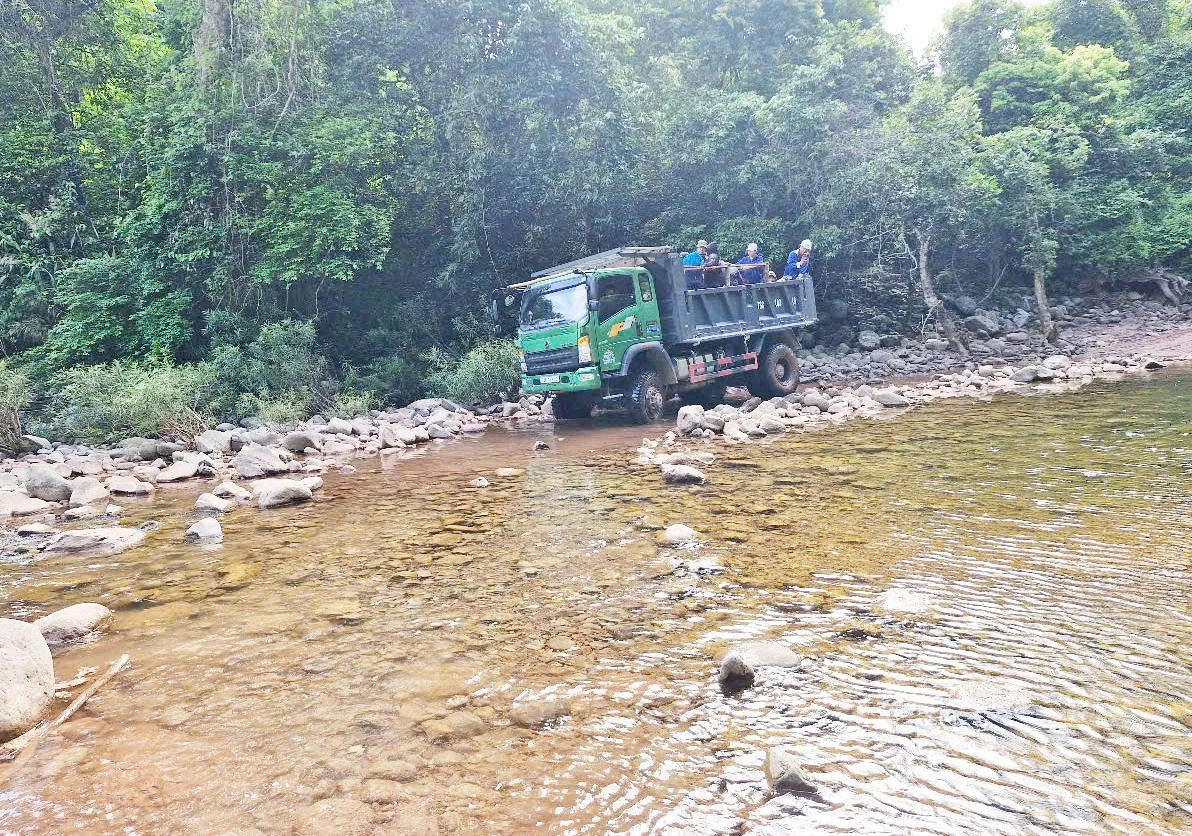
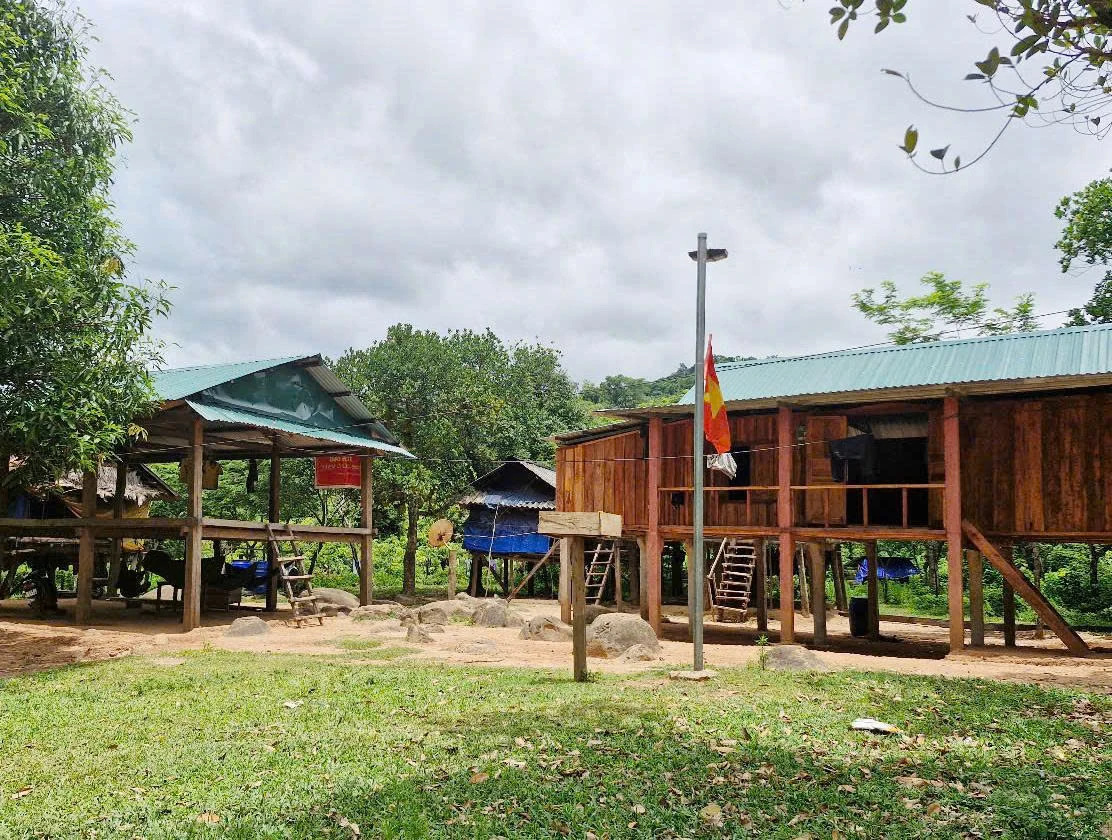



![[Photo] Dan Mountain Ginseng, a precious gift from nature to Kinh Bac land](/_next/image?url=https%3A%2F%2Fvphoto.vietnam.vn%2Fthumb%2F1200x675%2Fvietnam%2Fresource%2FIMAGE%2F2025%2F11%2F30%2F1764493588163_ndo_br_anh-longform-jpg.webp&w=3840&q=75)






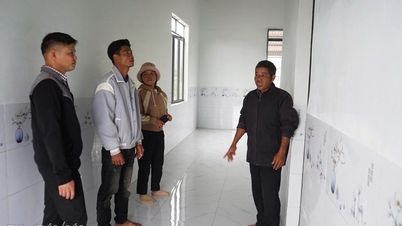

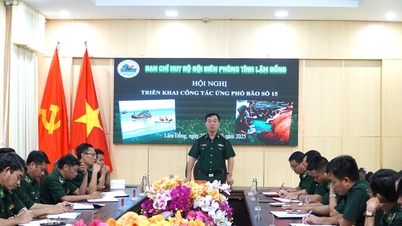



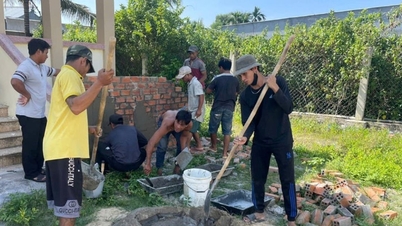

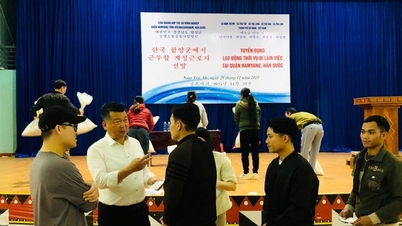
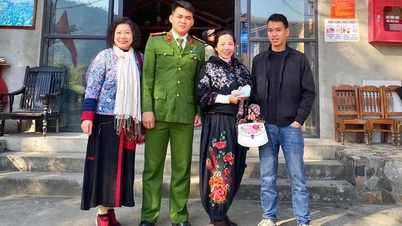



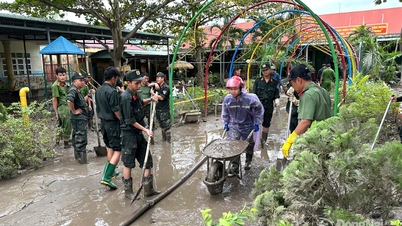

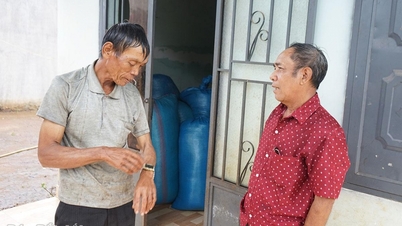






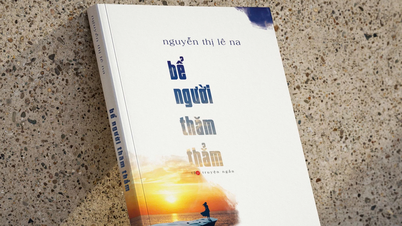
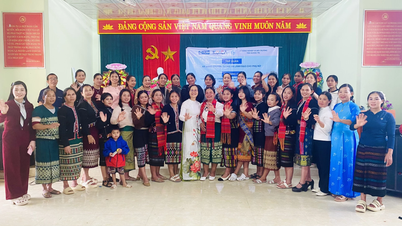

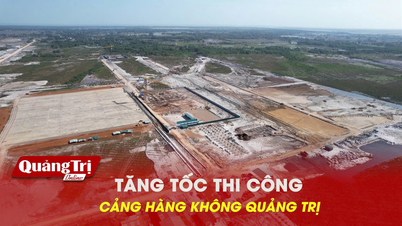
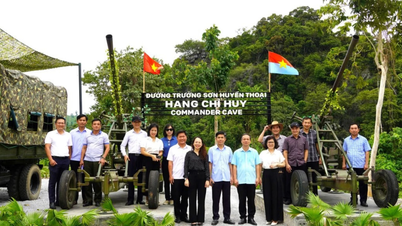
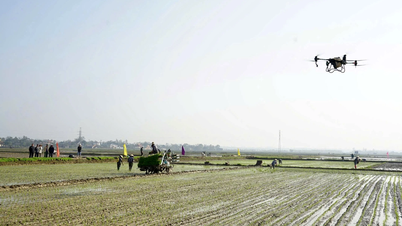

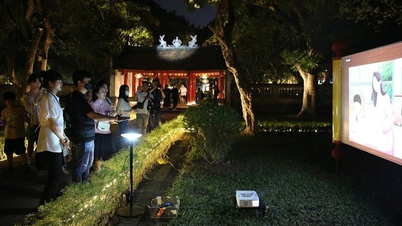

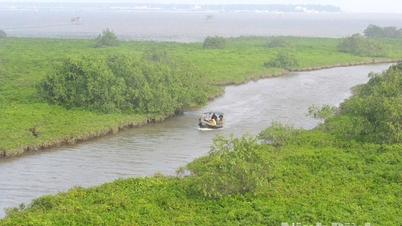

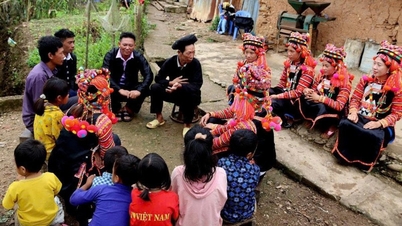
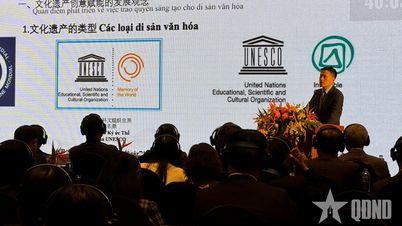

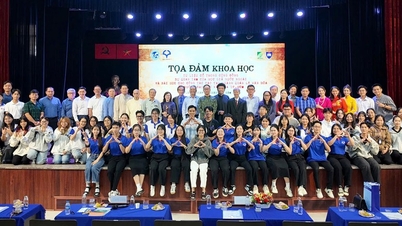

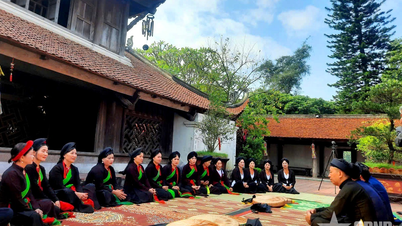
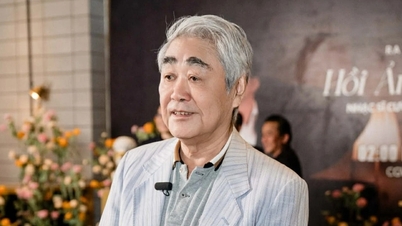





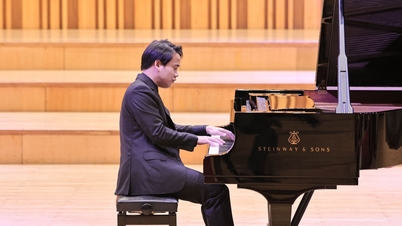

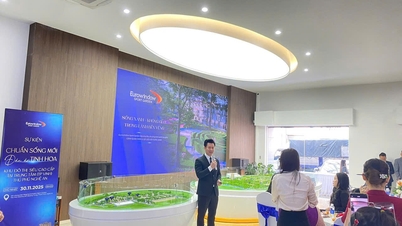

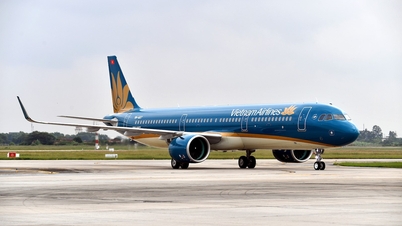
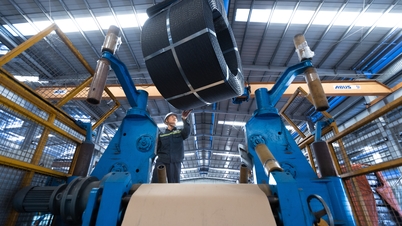
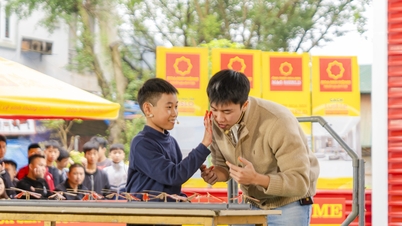


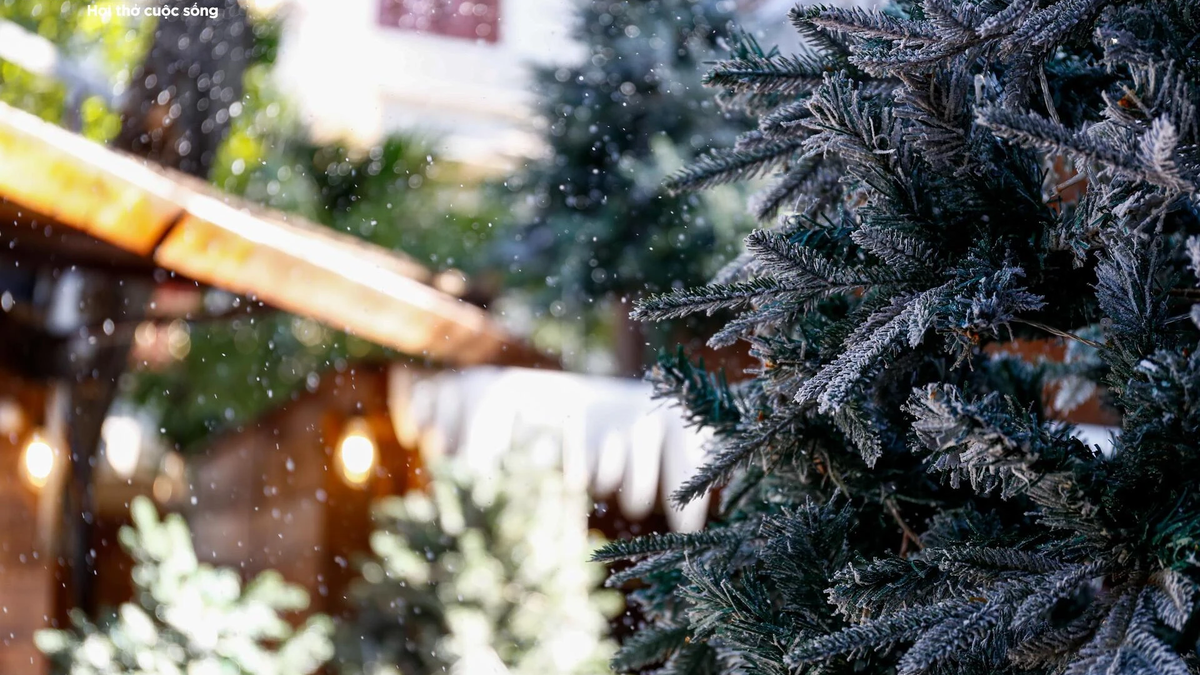



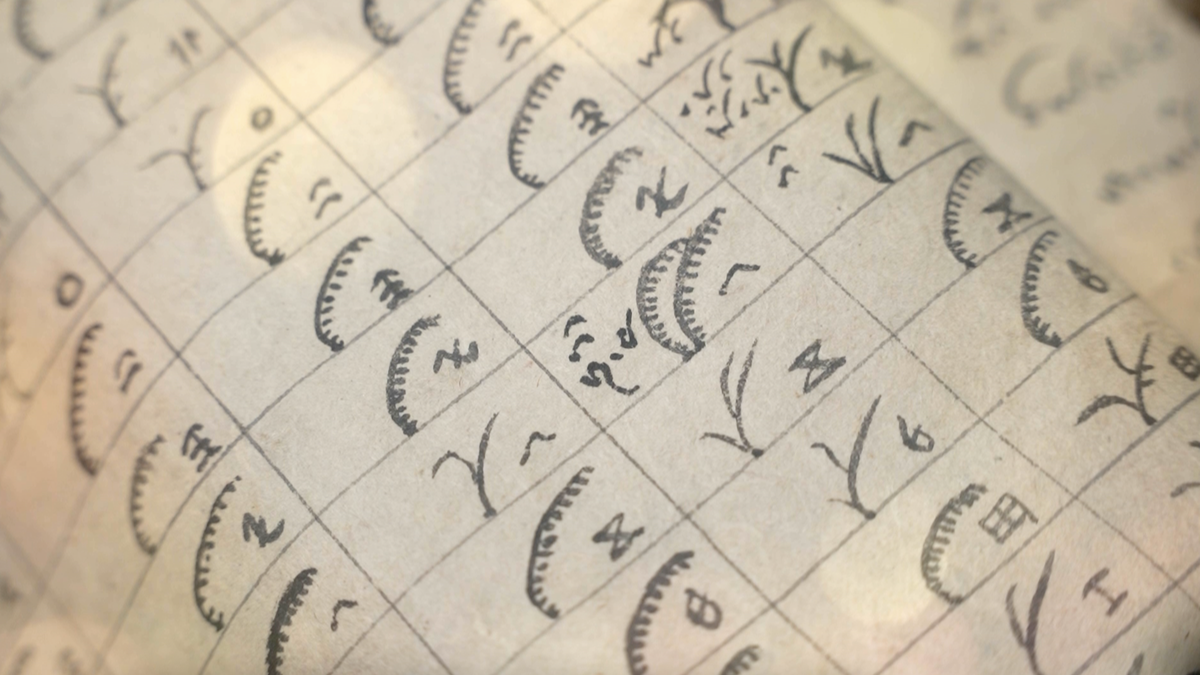
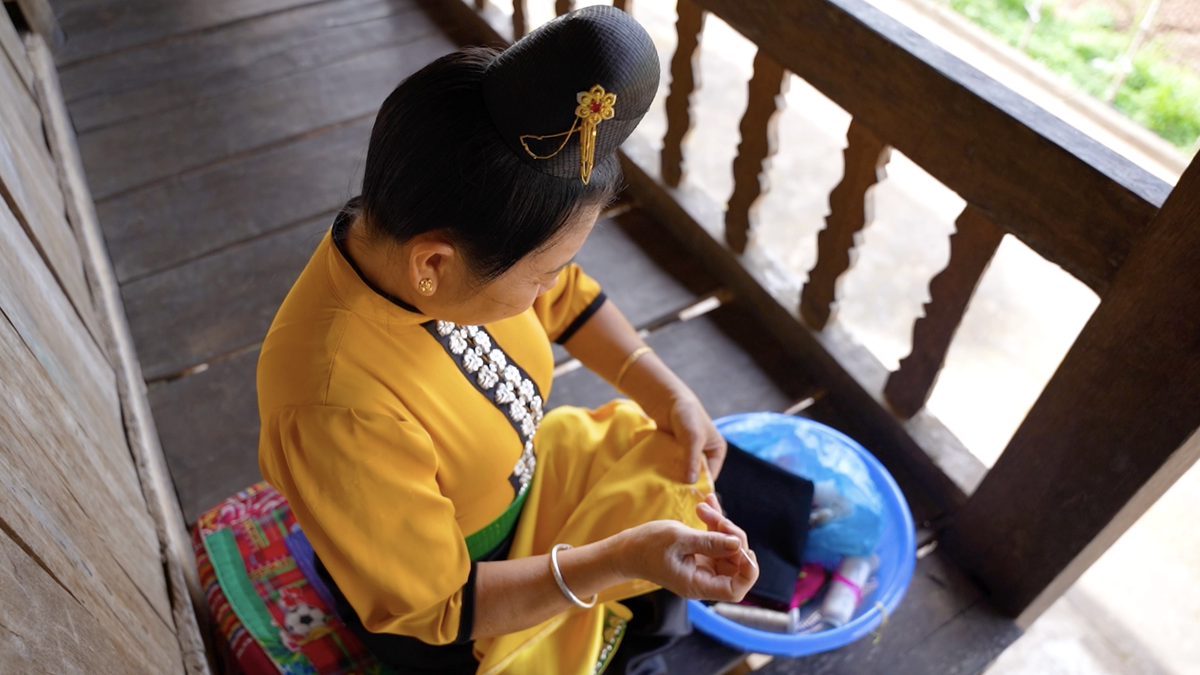
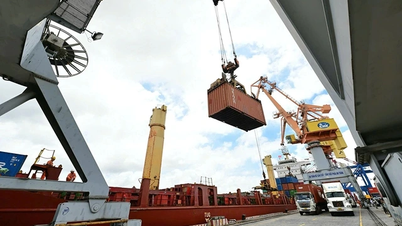



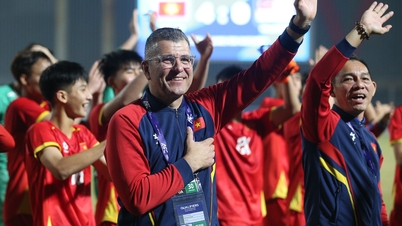
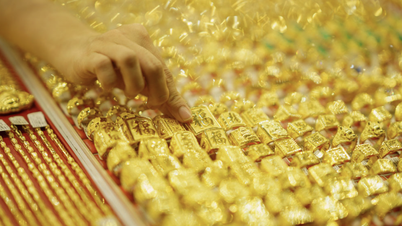
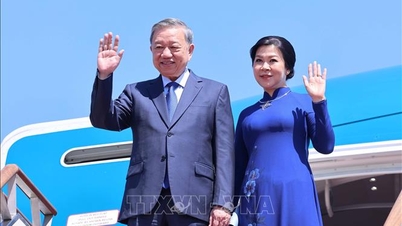

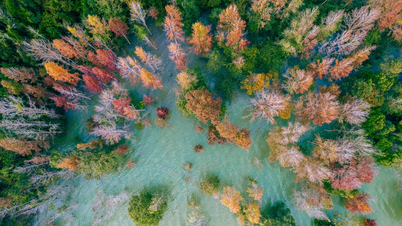
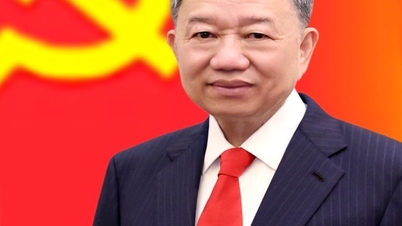


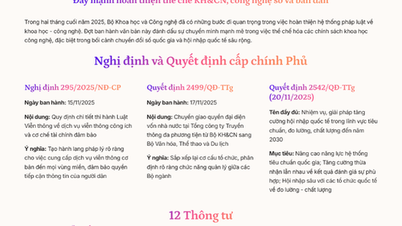

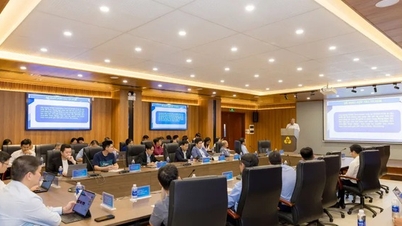
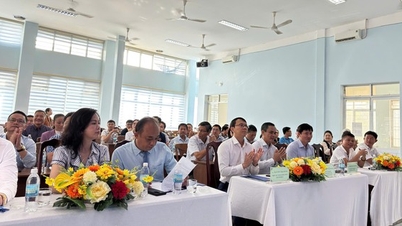
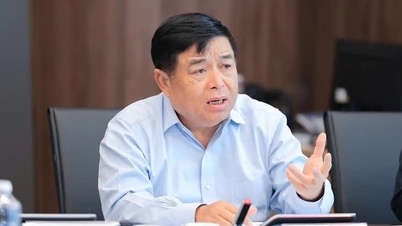
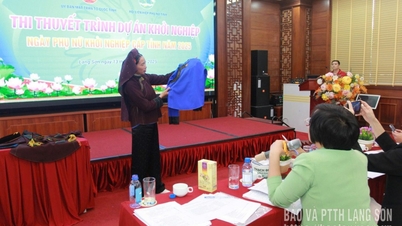
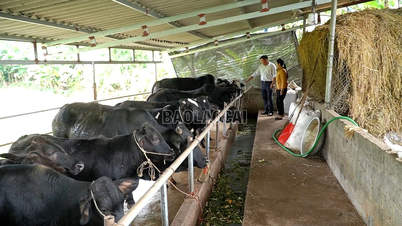



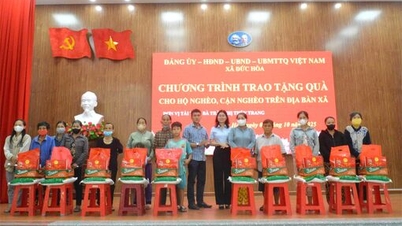










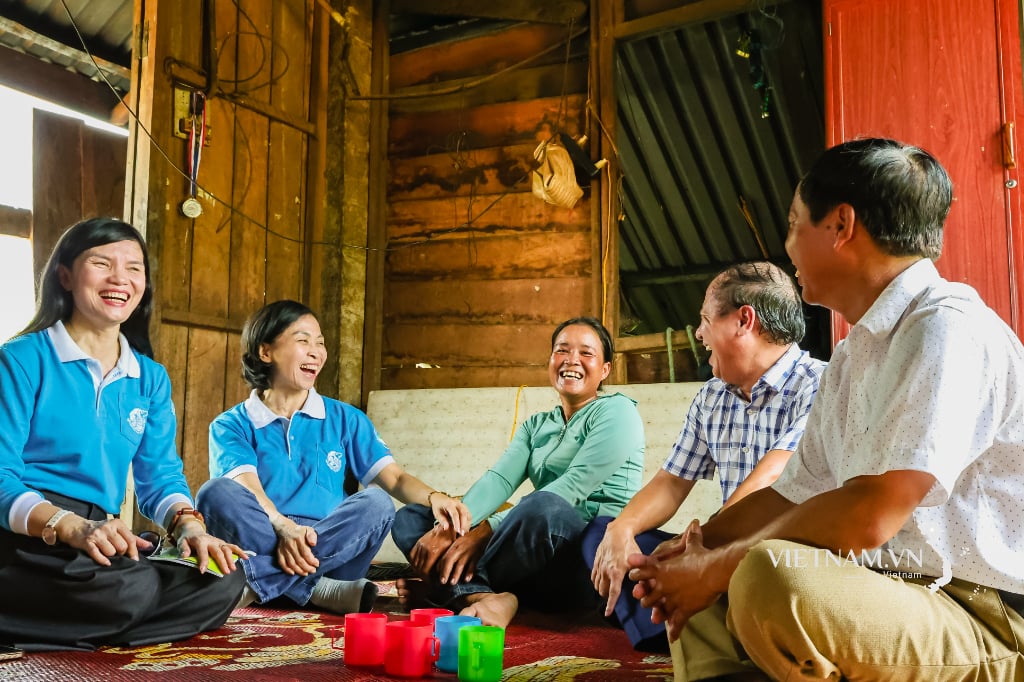
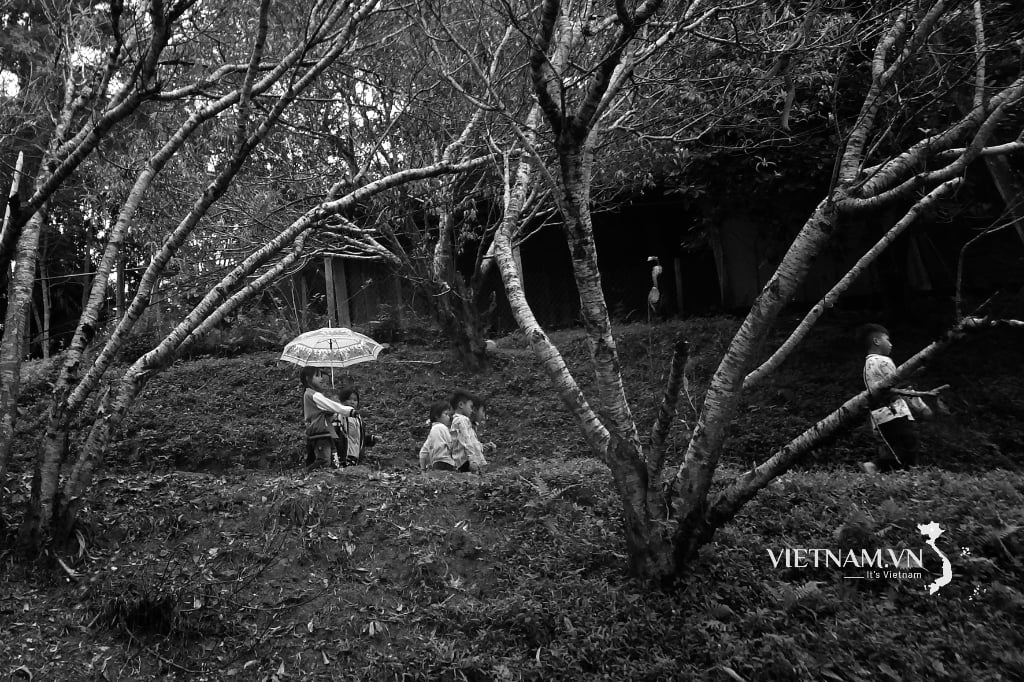
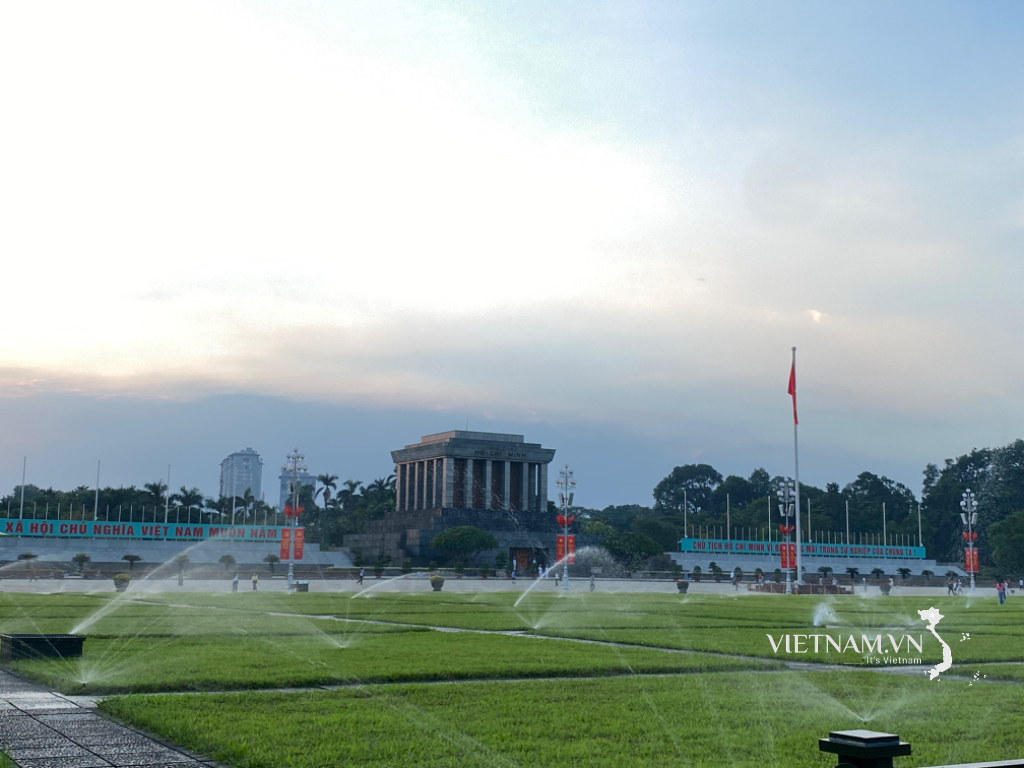
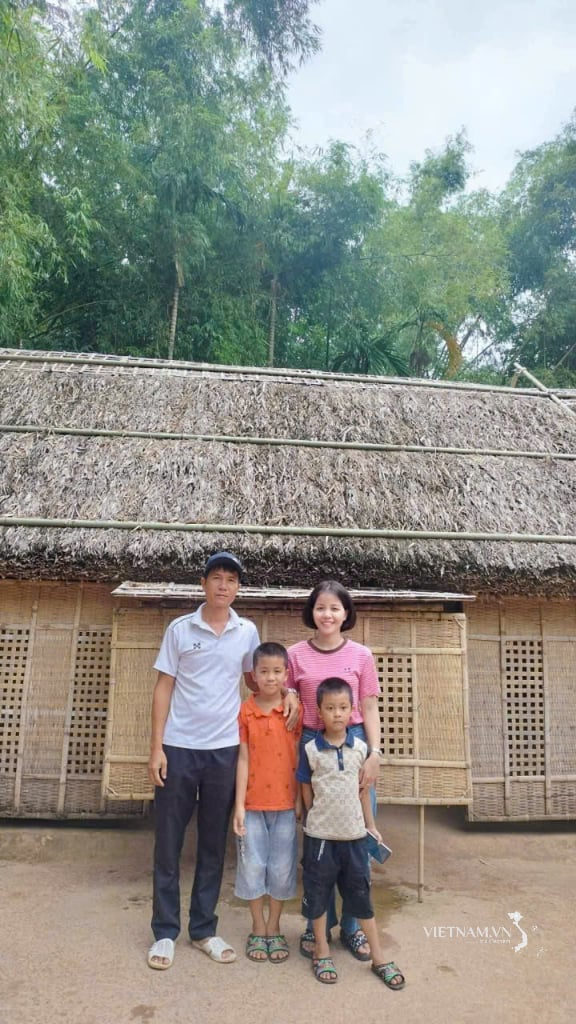
Comment (0)